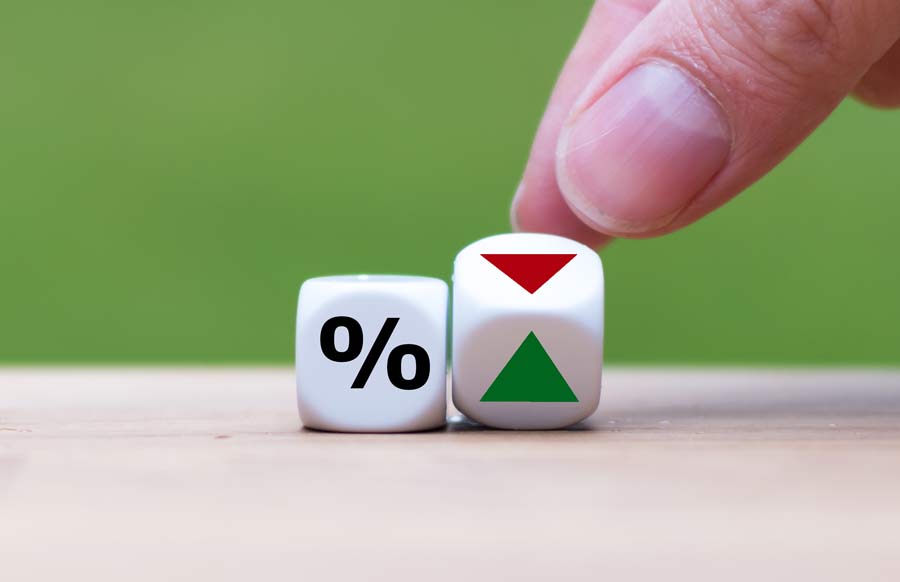How to Calculate Percentages
How many cents are in a dollar? Correct! 100. How many years are in a century? Yep, 100. How many legs are on a centipede? Usually about 70, actually. Sorry. I guess the Romans who came up with the name couldn't get one to sit still for long enough. Anyway, cent means one hundred, and percent (%) means out of one hundred. One percent (1%) is therefore one out of one hundred.
Percentages are a really helpful way of measuring and comparing because they create an equal baseline, creating a really proportionate view of numbers. So read on to learn exactly how to calculate percentages and percentage increases and decreases...
Whether you're calculating interest, working out how much to tip after dinner, or making sure you're paying the right price in a flash sale, you need this math. Additionally, businesses use percentages to report on annual trading changes; environmentalists need to quantify the rate of climate change; and you need to concretely demonstrate to your parents that you only ate 85% of those cookies and therefore technically you did share with your brother.
How do you calculate a percentage?
Formula: (Portion divided by whole) x 100
Say you're trying to work out how affordable your rent is. Many financial gurus say that your accommodation should cost a maximum of 30% of your monthly income (London and NYC tenants, the technique is to breathe slowly into a paper bag, imagine a peaceful ocean at sunset, and pretend you never heard that advice if you want to sleep at night).
Example
Ben's job as a barista brings in a whole $1100 a month, and the portion of this he spends on rent is $610.
$610 (portion) divided by $1100 (whole) = 55.45% of Ben's income goes on rent.

How to calculate a percentage increase
When numbers go up, you can work out the percentage increase.
Example
Bad news for Ben: the landlord is increasing his rent (let's hope they at least fix the dripping shower now...) His rent goes up to $680, but there's a cap in his tenancy agreement saying they can only raise the amount by 5% each year. He wants to check whether this increase is within the guidelines, so he has to do the following:
- New number - old number = increase
$680 (new rent) - $610 (old rent) = $70 increase - (increase / old number) × 100
$70 (increase) / $610 (old number) = 0.11475.
Then × 100 = 11.48% increase - Have a few strong drinks and summon up the courage to write a stern letter pointing out the contravening of the price cap.
To check your answer, give the percentage change calculator a try.
How to calculate a percentage decrease
When numbers go down, you can work out the percentage decrease.
Example
Good news for Ben! The landlord is so embarrassed that they give him a discount on three months' rent to apologise for the screw up (hahahahaha this would never happen). Instead of the old price of $610 a month, they will charge just $590 (and probably won't bother to fix that leaking shower). Ben's feeling pretty pleased with himself, and wants to tell everyone what percentage decrease he's wrangled on the rent. So he needs to...
- Old number - new number = decrease
$610 - $590 = $20 decrease - (decrease / old number) × 100
$20 / $610 = 0.03225.
Then × 100 = 3.23% decrease
And what have we learned from all this? Well, first off, that landlords can be chancers and that living in NYC or London would cause any financial advisor's head to implode. But also that calculating percentages is simple, as is working out a percentage increase or decrease when a number changes.
Try it out using our percentage calculator tool!
